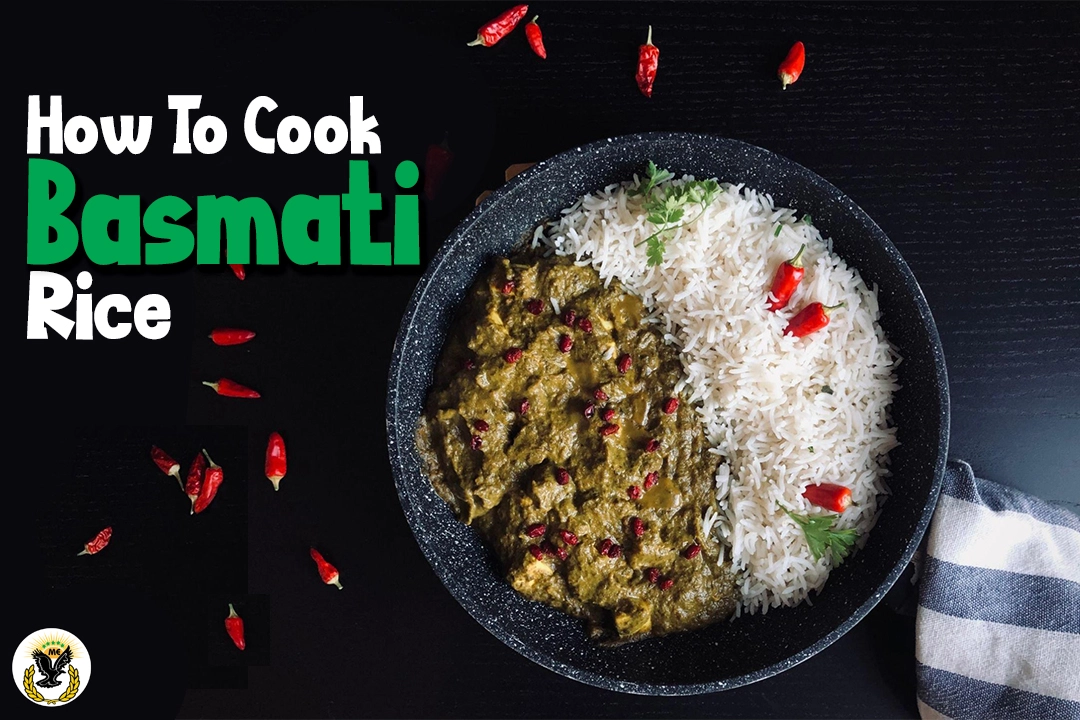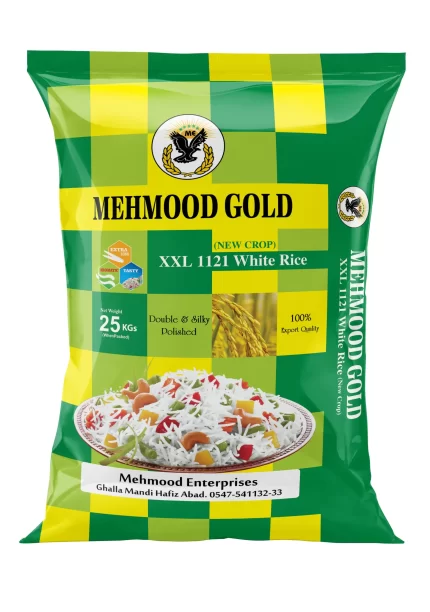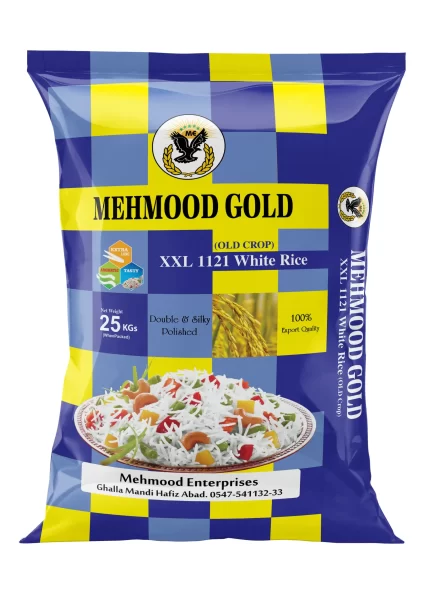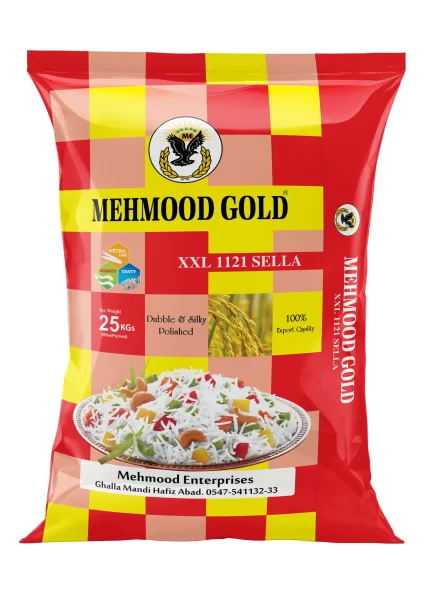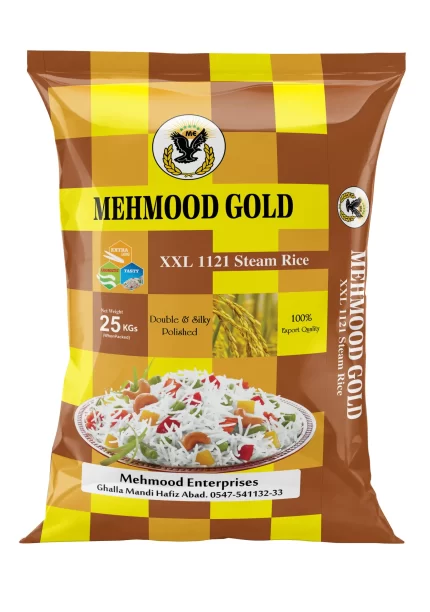Basmati rice is a fragrant, long-grain rice that is extensively cultivated in Pakistan in large quantities. It is known for its delicate flavor, distinct aroma, and fluffy texture. Cooking basmati rice may seem daunting at first, but with the right technique, you can achieve perfect results every time.
In this article, we will guide you through the process of cooking basmati rice, ensuring that each grain is cooked to perfection. So let’s get started!
Basmati rice is a staple in many cuisines around the world, and learning how to cook it properly is essential to achieve the desired taste and texture. Whether you’re preparing a biryani, pilaf, or a simple side dish, following the right cooking technique will elevate your culinary skills.
1. Choosing The Right Basmati Rice
The first step in cooking basmati rice is selecting the right variety. Look for long-grain basmati rice such as Basmati Steam Rice or Basmati Sella Rice preferably aged for at least one year from a trusted rice brand. Aged basmati rice has a lower moisture content, resulting in fluffier and less sticky rice grains.
2. Washing And Soaking The Rice
Before cooking, it’s crucial to wash the rice to remove any excess starch. Rinse the rice under cold water until the water runs clear. Then, soak the rice in water for 30 minutes. This process helps the rice grains to absorb moisture evenly, resulting in even cooking.
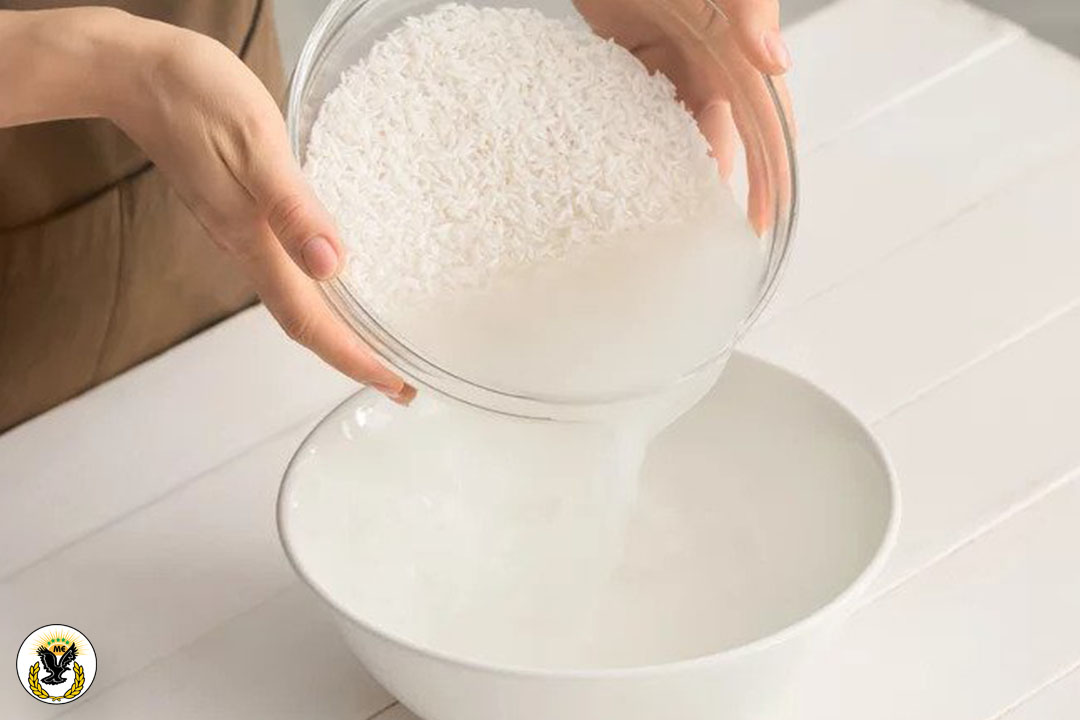
3. Measuring The Rice And Water Ratio
To achieve perfectly cooked basmati rice, it’s important to get the rice-to-water ratio right. A general rule of thumb is to use 1.5 cups of water for every cup of rice. However, this ratio may vary slightly depending on the brand and personal preference. Adjust the water accordingly to achieve your desired rice texture.
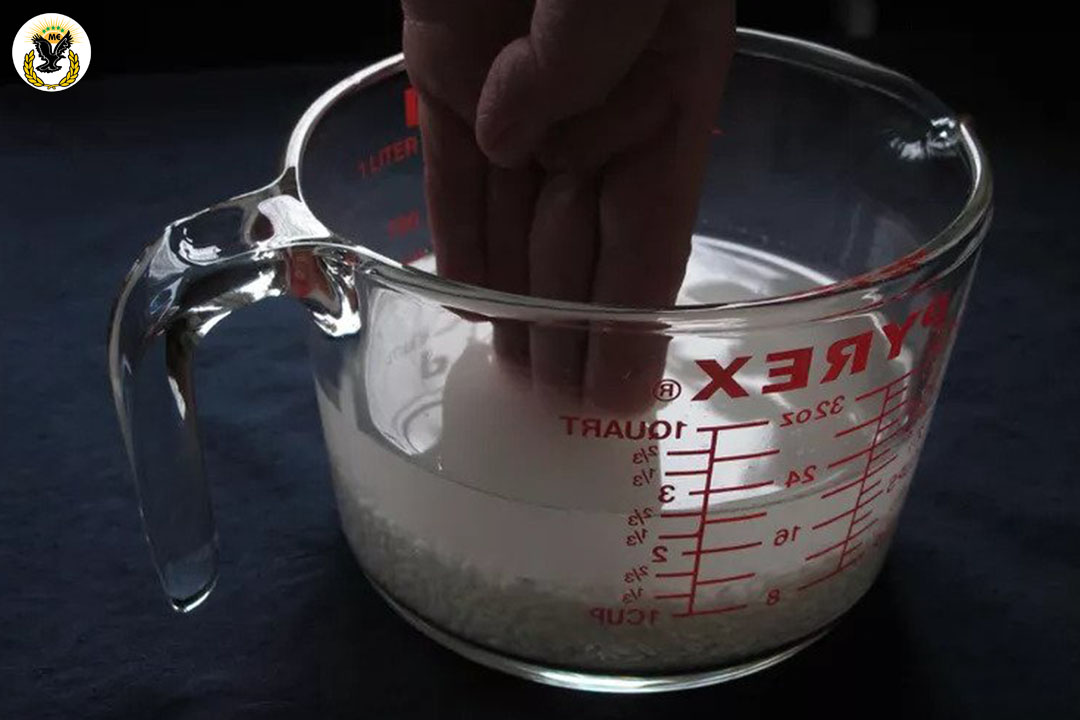
4. Cooking On The Stovetop
- Drain the soaked rice and transfer it to a saucepan.
- Add the measured water to the saucepan.
- Place the saucepan on high heat and bring the water to a boil.
- Once the water boils, reduce the heat to low and cover the saucepan with a tight-fitting lid.
- Allow the rice to simmer for 15-20 minutes, or until all the water is absorbed and the rice is tender.
- Remove the saucepan from the heat and let it sit, covered, for an additional 5 minutes to allow the rice to steam.
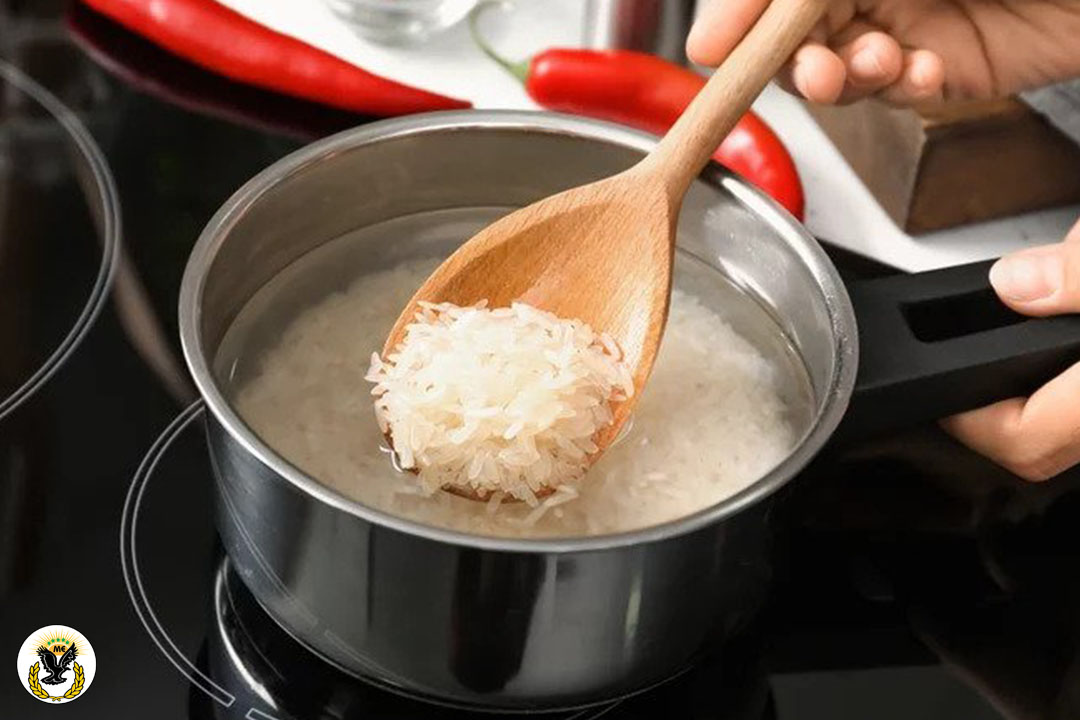
5. Using A Rice Cooker
- Drain the soaked rice and transfer it to the rice cooker.
- Add the measured water to the rice cooker.
- Close the lid of the rice cooker and select the “Cook” mode.
- Once the rice is cooked, let it sit in the rice cooker for 5-10 minutes to steam before fluffing.
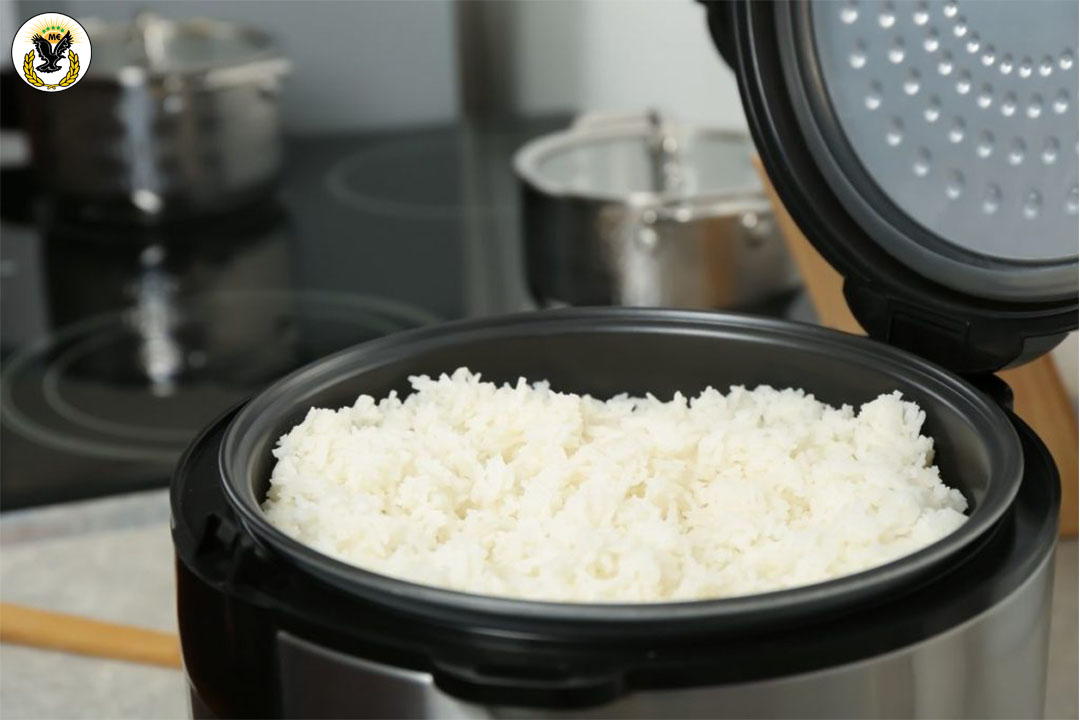
6. Fluffing The Rice
After the cooking process, it’s essential to fluff the rice gently to separate the grains and enhance the texture. Use a fork or a rice paddle to gently fluff the cooked rice. Avoid overmixing, as it can make the rice mushy.
Serving Suggestions
Basmati rice pairs well with a variety of dishes. It is commonly served alongside curries, grilled meats, and vegetable stir-fries. You can also use it as a base for flavorful rice bowls or fried rice recipes. Experiment with different seasonings and herbs to enhance the taste of the rice.
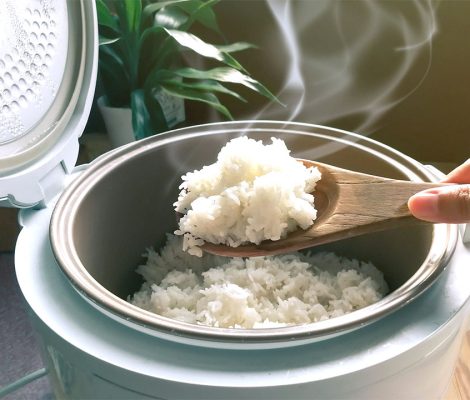
Tips And Tricks For Perfect Basmati Rice
- Use a heavy-bottomed saucepan or a non-stick rice cooker to prevent the rice from sticking to the bottom.
- Let the rice sit, covered, for a few minutes after cooking to allow it to steam and become fluffy.
- Add a teaspoon of oil or ghee to the rice before cooking to prevent the grains from sticking together.
- For extra flavor, you can add whole spices like cinnamon sticks or cardamom pods to the cooking water.
- Avoid peeking or stirring the rice while it’s cooking, as this can affect the texture and make it sticky.
Conclusion
Cooking basmati rice to perfection requires attention to detail and a few simple techniques. By following the steps outlined in this guide, you can achieve fluffy, aromatic basmati rice every time. Remember to choose the right rice, wash and soak it properly, and cook it using the stovetop or rice cooker method. Fluff the rice gently, and serve it alongside your favorite dishes for a delightful culinary experience.
Frequently Asked Question
Ans: Soaking the rice helps in achieving evenly cooked grains, but if you’re short on time, you can skip this step. However, keep in mind that the texture of the rice might be slightly different.
Ans: To prevent stickiness, ensure you rinse the rice thoroughly before cooking to remove excess starch. Additionally, fluff the rice gently after cooking and avoid overmixing.
Ans: While basmati rice is not traditionally used in sushi or risotto recipes, you can experiment with different rice varieties to create unique flavors and textures.
Ans: Yes, you can store cooked basmati rice in an airtight container in the refrigerator for up to 3-4 days. Make sure to cool it down before refrigerating and reheat it thoroughly before consuming.
Ans: Yes, basmati rice is naturally gluten-free, making it a suitable choice for individuals with gluten sensitivity or celiac disease.

